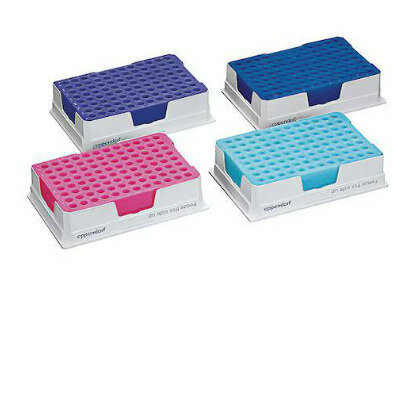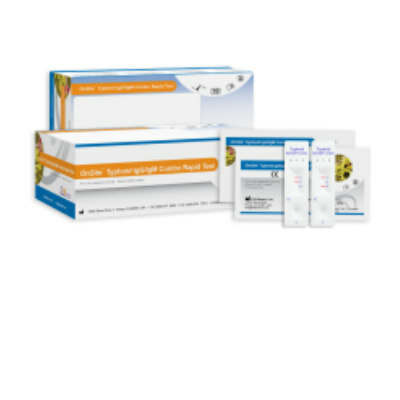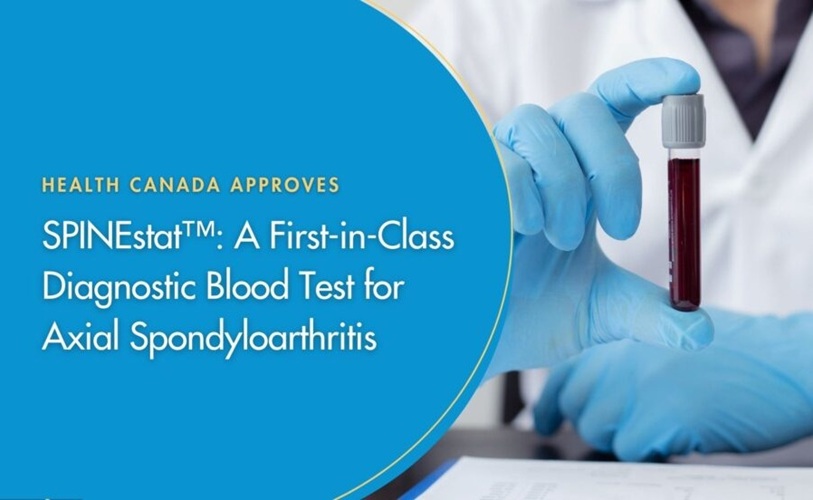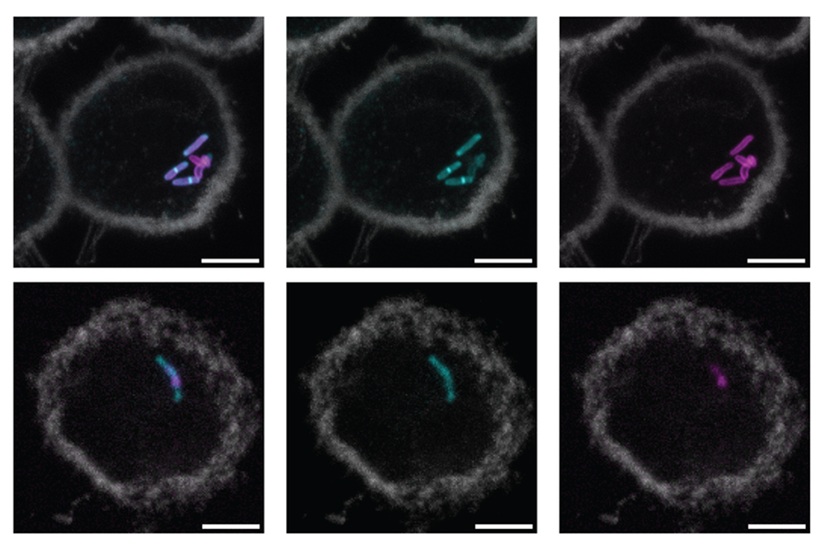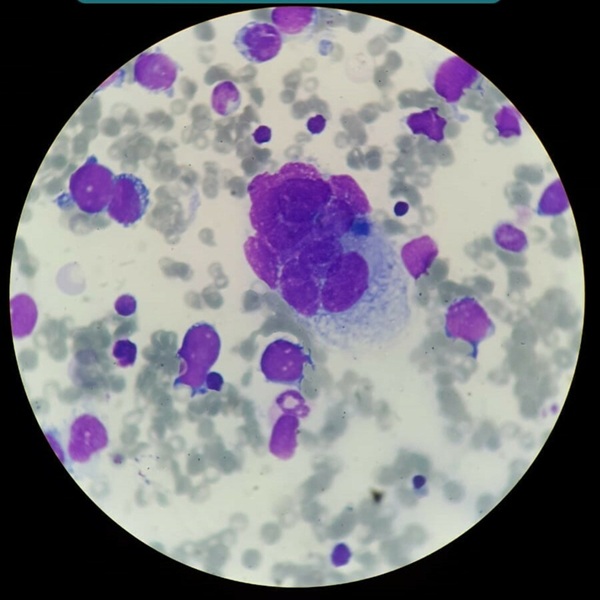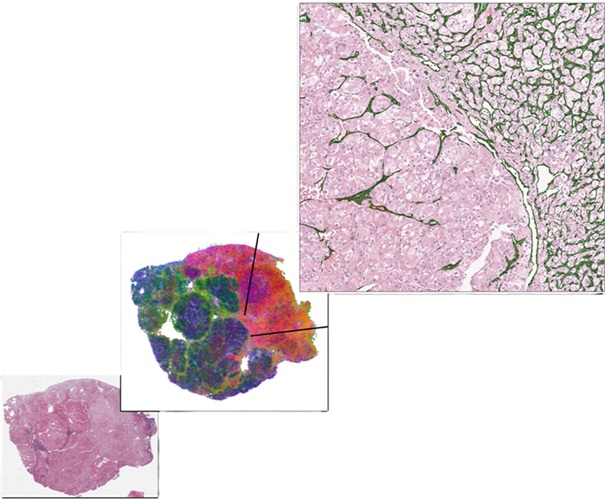Near-Patient Molecular Test Outperforms Other Rapid Measures for Sepsis Diagnosis
|
By LabMedica International staff writers Posted on 22 Mar 2023 |
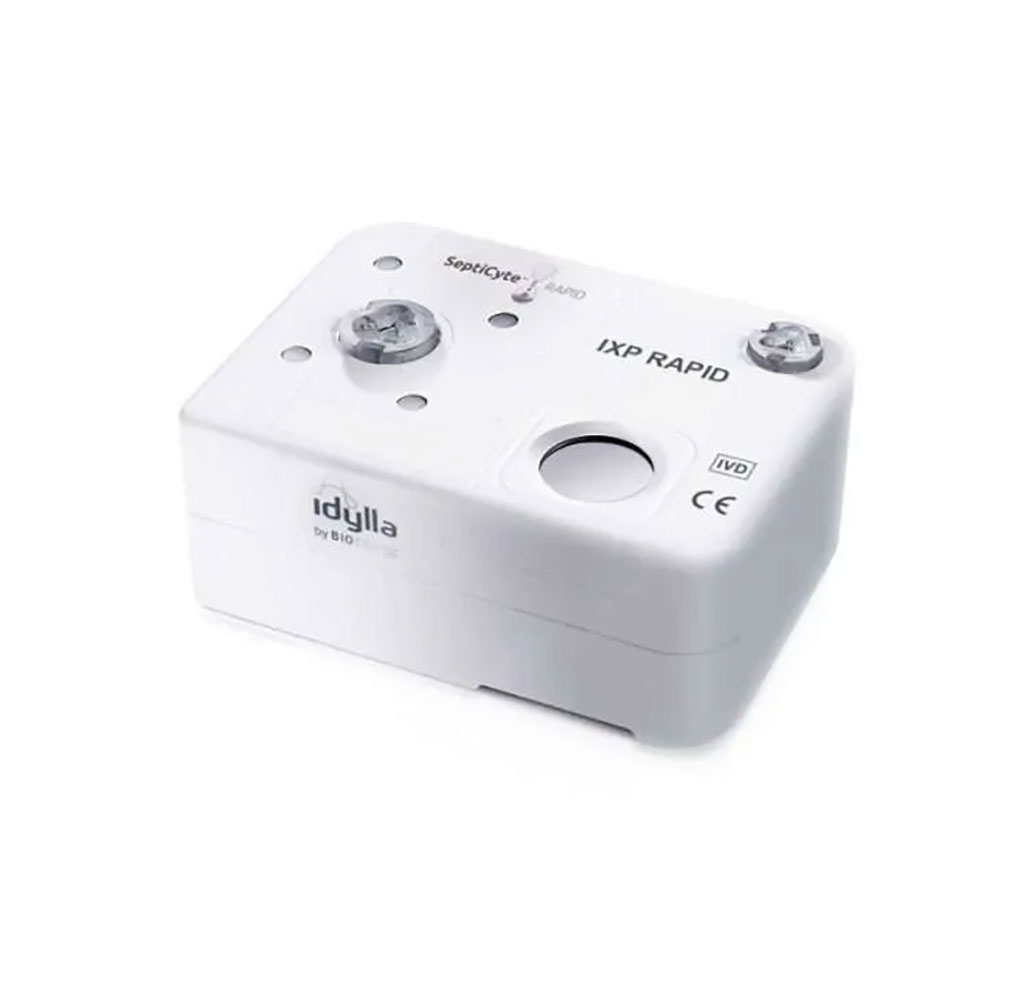
Sepsis is a life-threatening condition that can lead to organ failure and death, causing high in-patient costs for hospitals. Detecting sepsis early is crucial, and a quick sepsis test can make a significant difference between life and death. Overuse of antibiotics can also result in new health issues and antibiotic resistance among at-risk patient populations. Thus, early detection can help health professionals determine the most effective treatment plan quickly, including potential ICU admission. However, conventional blood tests for sepsis based on microbiological culture are not reliable or speedy enough. Now, a PCR-based test for sepsis has demonstrated that it can more accurately determine if an ICU patient has sepsis as compared to other rapid diagnostic methods.
SeptiCyte RAPID from Immunexpress (Brisbane, Australia) is a sample-to-answer, cartridge-based, host response molecular test for sepsis that uses reverse transcription polymerase chain reaction (RT-PCR) to quantify the relative expression levels of host response genes isolated from whole blood. SeptiCyte RAPID is utilized alongside clinical assessments, vital signs and laboratory findings to help distinguish infection-positive (sepsis) from infection-negative systemic inflammation response syndromes in patients with organ dysfunction and high infection risk. SeptiCyte RAPID generates a score (SeptiScore) that falls within four discrete interpretation bands depending upon the increasing possibility of sepsis.
In a new study, SeptiCyte RAPID proved more accurate in determining sepsis in ICU patients than other rapid diagnostic methods, including quick Sequential Organ Failure Assessment (qSOFA). SeptiCyte RAPID in conjunction with qSOFA was statistically significant at distinguishing higher as well as lower mortality sepsis patients in the ICU cases from those without sepsis and could act as the first step in diagnostic pathways for sepsis. For the study, the researchers utilized retrospective and prospective data from clinical trials involving 419 critically ill patients with systemic inflammatory response syndrome who had been admitted to the ICU for suspicion of having sepsis. A panel of three clinicians performing expert diagnosis classified the patients as sepsis positive, sepsis negative or indeterminate, and calculated a full qSOFA score for 173 patients.
SeptiCyte RAPID distinguished between sepsis positive patients and sepsis negative patients regardless of qSOFA stratification (AUC 0.82 in qSOFA ≥2, AUC 0.81 in qSOFA < 2) and also outperformed several conventional rapid diagnosis methods such as SOFA, lactate, PCT, among other parameters. Additionally, SeptiCyte RAPID outperformed other sepsis markers in differentiating higher and lower mortality ICU cases from patients that did not have sepsis. SeptiCyte RAPID is intended for in-vitro diagnostic use and runs on the Biocartis Idylla Platform. SeptiCyte RAPID is CE Marked as a near-patient sample-to-answer test in European Union (EU) member countries and those harmonized with the EU IVD Directive (98/79/EC). As of November 2021, the test has been markers FDA cleared for use in hospitalized patients suspected of sepsis.
"This study demonstrates that SeptiCyte RAPID is not only a more accurate sepsis diagnostic tool compared to other conventional rapid diagnosis methods but can serve as a crucial first step in the diagnostic and treatment paradigm for patients suspected of sepsis using the Sepsis-3 framework. While conventional sepsis diagnosis is based on parameters such as qSOFA, PCT, lactate, white cell count, respiratory rate and temperature, SeptiCyte RAPID measures the mRNA expression of two genes that are specific to sepsis," commented Dr. Richard Brandon, Chief Scientific Officer of Immunexpress. "Emergency medicine outcomes rely on quick decision-making and action. SeptiCyte RAPID is uniquely positioned to provide clinicians in this field with actionable results in less than an hour and may be utilized early in the diagnostic pathway to determine the likelihood of sepsis. In conjunction with additional parameters of qSOFA and SOFA scores, SeptiCyte RAPID may aid clinicians in predicting the likelihood of septic shock or other unwanted health outcomes."
Related Links:
Immunexpress
Latest Molecular Diagnostics News
- Non-Biopsy Approach to Transform Adult Celiac Disease Diagnoses
- Groundbreaking Molecular Diagnostic Test Accurately Diagnoses Major Genetic Cause of COPD
- First-in-Class Diagnostic Blood Test Detects Axial Spondyloarthritis
- New Molecular Label to Help Develop Simpler and Faster Tuberculosis Tests
- Biomarker Discovery Paves Way for Blood Tests to Detect and Treat Osteoarthritis
- Liquid Biopsy Assay Detects Recurrence in CRC Patients Prior to Imaging
- Ultra Fast Synovial Fluid Test Diagnoses Osteoarthritis and Rheumatoid Arthritis In 10 Minutes
- Genetic-Based Tool Predicts Survival Outcomes of Pancreatic Cancer Patients
- Urine Test Diagnoses Early-Stage Prostate Cancer
- New Genetic Tool Analyzes Umbilical Cord Blood to Predict Future Disease
- Spinal Fluid Biomarker for Parkinson’s Disease Offers Early and Accurate Diagnosis
- Revolutionary Blood Test Detects 30 Different Types of Cancers with 98% Accuracy
- Simple Blood Test Better Predicts Heart Disease Risk
- New Blood Test Detects 12 Common Cancers Before Symptoms Appear
- Blood Test Could Predict Relapse of Autoimmune Blood Vessel Disease
- First-of-its-Kind Blood Test Detects Trauma-Related Diseases
Channels
Clinical Chemistry
view channel
AI-Powered Blood Test Accurately Detects Ovarian Cancer
Ovarian cancer ranks as the fifth leading cause of cancer-related deaths in women, largely due to late-stage diagnoses. Although over 90% of women exhibit symptoms in Stage I, only 20% are diagnosed in... Read more
Automated Decentralized cfDNA NGS Assay Identifies Alterations in Advanced Solid Tumors
Current circulating cell-free DNA (cfDNA) assays are typically centralized, requiring specialized handling and transportation of samples. Introducing a flexible, decentralized sequencing system at the... Read more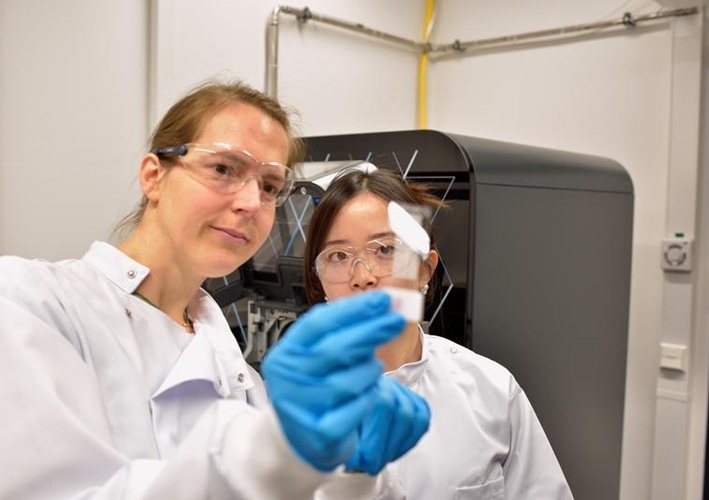
Mass Spectrometry Detects Bacteria Without Time-Consuming Isolation and Multiplication
Speed and accuracy are essential when diagnosing diseases. Traditionally, diagnosing bacterial infections involves the labor-intensive process of isolating pathogens and cultivating bacterial cultures,... Read more
First Comprehensive Syphilis Test to Definitively Diagnose Active Infection In 10 Minutes
In the United States, syphilis cases have surged by nearly 80% from 2018 to 2023, with 209,253 cases recorded in the most recent year of data. Syphilis, which can be transmitted sexually or from mother... Read moreMolecular Diagnostics
view channel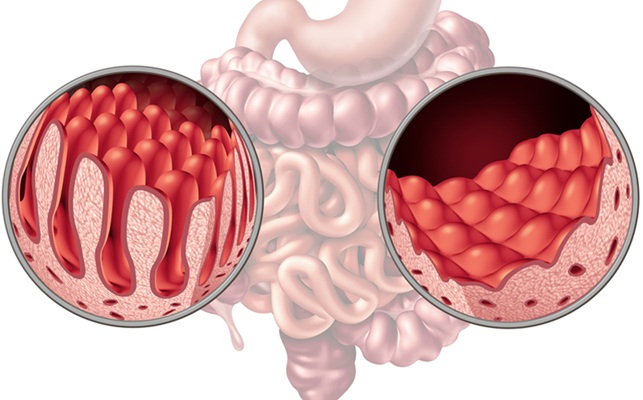
Non-Biopsy Approach to Transform Adult Celiac Disease Diagnoses
In the United States, the diagnosis of celiac disease in adults typically relies on a combination of serologic testing and a confirmatory small bowel biopsy during upper endoscopy. In contrast, European... Read more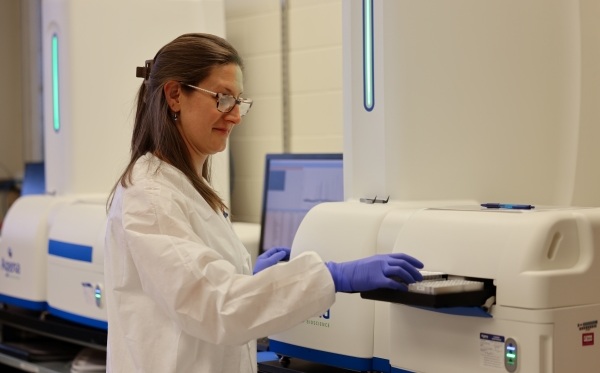
Groundbreaking Molecular Diagnostic Test Accurately Diagnoses Major Genetic Cause of COPD
Chronic obstructive pulmonary disease (COPD) and Alpha-1 Antitrypsin Deficiency (AATD) are both conditions that can cause breathing difficulties, but they differ in their origins and inheritance.... Read moreHematology
view channel
First Point-of-Care Heparin Monitoring Test Provides Results in Under 15 Minutes
Heparin dosing requires careful management to avoid both bleeding and clotting complications. In high-risk situations like extracorporeal membrane oxygenation (ECMO), mortality rates can reach about 50%,... Read more
New Scoring System Predicts Risk of Developing Cancer from Common Blood Disorder
Clonal cytopenia of undetermined significance (CCUS) is a blood disorder commonly found in older adults, characterized by mutations in blood cells and a low blood count, but without any obvious cause or... Read moreImmunology
view channel
Stem Cell Test Predicts Treatment Outcome for Patients with Platinum-Resistant Ovarian Cancer
Epithelial ovarian cancer frequently responds to chemotherapy initially, but eventually, the tumor develops resistance to the therapy, leading to regrowth. This resistance is partially due to the activation... Read more
Machine Learning-Enabled Blood Test Predicts Immunotherapy Response in Lymphoma Patients
Chimeric antigen receptor (CAR) T-cell therapy has emerged as one of the most promising recent developments in the treatment of blood cancers. However, over half of non-Hodgkin lymphoma (NHL) patients... Read moreMicrobiology
view channel
Molecular Stool Test Shows Potential for Diagnosing TB in Adults with HIV
Tuberculosis (TB), caused by the bacterium Mycobacterium tuberculosis, led to 1.25 million deaths in 2023, with 13% of those occurring in people living with HIV. The current primary diagnostic method for... Read more
New Test Diagnoses Bacterial Meningitis Quickly and Accurately
Bacterial meningitis is a potentially fatal condition, with one in six patients dying and half of the survivors experiencing lasting symptoms. Therefore, rapid diagnosis and treatment are critical.... Read morePathology
view channel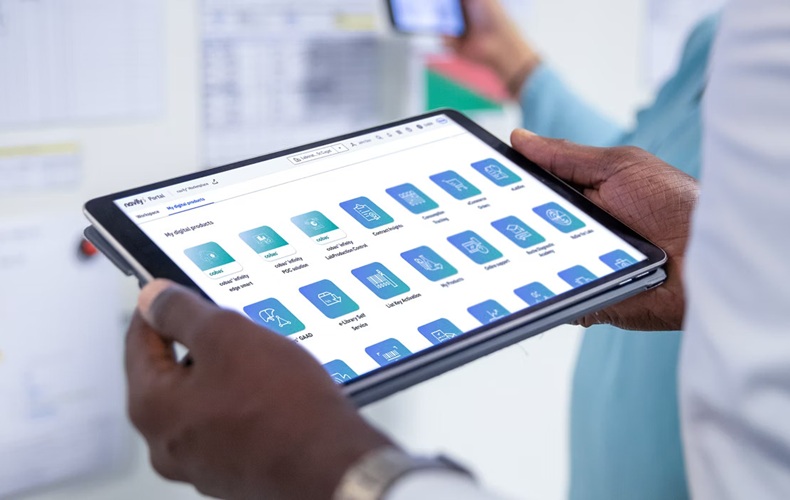
Groundbreaking Chest Pain Triage Algorithm to Transform Cardiac Care
Cardiovascular disease is responsible for a third of all deaths worldwide, and chest pain is the second most common reason for emergency department (ED) visits. With EDs often being some of the busiest... Read more
AI-Based Liquid Biopsy Approach to Revolutionize Brain Cancer Detection
Detecting brain cancers remains extremely challenging, with many patients only receiving a diagnosis at later stages after symptoms like headaches, seizures, or cognitive issues appear. Late-stage diagnoses... Read moreTechnology
view channel
Advanced Predictive Algorithms Identify Patients Having Undiagnosed Cancer
Two newly developed advanced predictive algorithms leverage a person’s health conditions and basic blood test results to accurately predict the likelihood of having an undiagnosed cancer, including ch... Read more
Light Signature Algorithm to Enable Faster and More Precise Medical Diagnoses
Every material or molecule interacts with light in a unique way, creating a distinct pattern, much like a fingerprint. Optical spectroscopy, which involves shining a laser on a material and observing how... Read more
Disposable Microchip Technology Could Selectively Detect HIV in Whole Blood Samples
As of the end of 2023, approximately 40 million people globally were living with HIV, and around 630,000 individuals died from AIDS-related illnesses that same year. Despite a substantial decline in deaths... Read more
Pain-On-A-Chip Microfluidic Device Determines Types of Chronic Pain from Blood Samples
Chronic pain is a widespread condition that remains difficult to manage, and existing clinical methods for its treatment rely largely on self-reporting, which can be subjective and especially problematic... Read moreIndustry
view channel
Cepheid and Oxford Nanopore Technologies Partner on Advancing Automated Sequencing-Based Solutions
Cepheid (Sunnyvale, CA, USA), a leading molecular diagnostics company, and Oxford Nanopore Technologies (Oxford, UK), the company behind a new generation of sequencing-based molecular analysis technologies,... Read more
Grifols and Tecan’s IBL Collaborate on Advanced Biomarker Panels
Grifols (Barcelona, Spain), one of the world’s leading producers of plasma-derived medicines and innovative diagnostic solutions, is expanding its offer in clinical diagnostics through a strategic partnership... Read more







